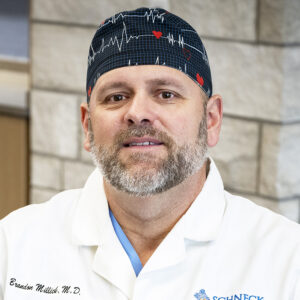Understanding Heartburn
Heartburn happens when stomach acid enters the esophagus due to a valve malfunction. This leads to a distinct burning sensation concentrated in the chest. The improper functioning of the valve allows acidic content to travel upward, causing irritation. This condition, often mistaken for heart-related pain, can be triggered by factors such as lying down after a meal or consuming specific foods. Understanding these aspects is crucial for managing heartburn and seeking appropriate care to alleviate discomfort effectively.
Causes of Heartburn
Heartburn results from stomach acid moving through the esophagus. This occurs because of a weakened lower esophageal sphincter. Contributing factors include smoking, abdominal pressure, hiatal hernia, and more. Identifying triggers with your provider can help reduce instances of discomfort.
Testing and Diagnosis
Diagnosis involves describing symptoms to a healthcare provider. Chronic cases may need tests like an upper endoscopy to examine the GI tract. It may also be necessary to test acid levels. Your care provider will work with you to understand the severity and determine treatment.
Treatment at Schneck
Managing heartburn begins with OTC medications and lifestyle changes. Medications include antacids, histamine receptor antagonists, and proton pump inhibitors. Lifestyle adjustments involve healthier, spaced-out meals, avoiding triggers identified in discussion with your provider, and weight maintenance. Also, avoid lying down after meals and abstain from smoking. Some minimally invasive procedures like LINX®, Transoral Incisionless Fundoplication (TIF), Nissen or Toupet Fundoplications, or Roux-en-Y may be necessary for severe cases to prevent acid from re-entering the esophagus. We have established the Schneck Heartburn Center to specifically address chronic heartburn symptoms. If you are seeking heartburn relief, visit our knowledgeable providers, who can help you make informed decisions for a happier, healthier life.





